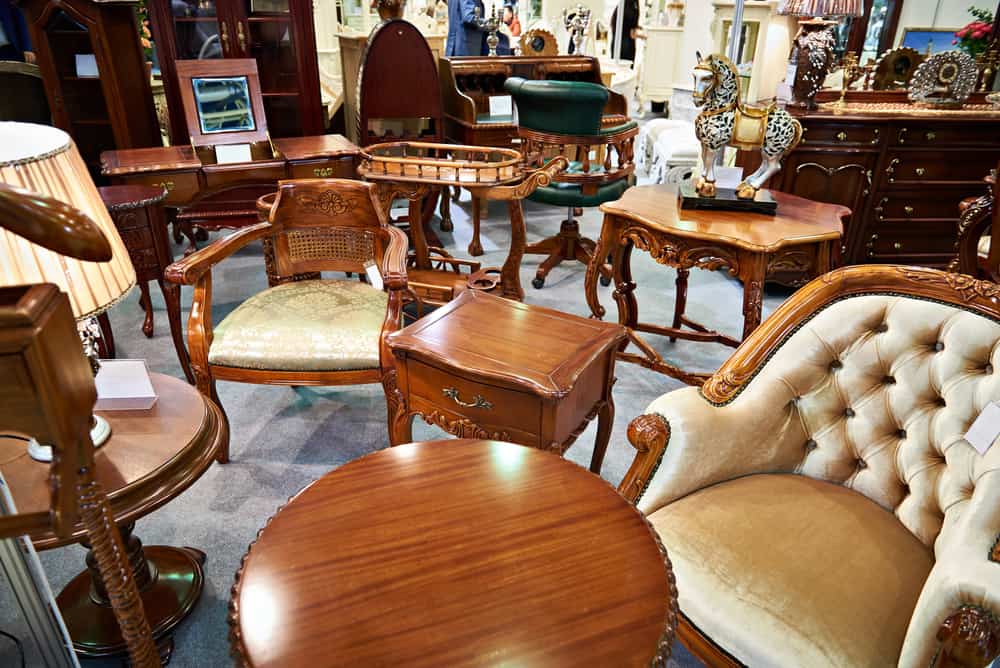Anybody can sell antique furniture. It does not take a college degree; however, to succeed in your antique business, you’ll want to know how to source rare antiques, valuation, and appraisal techniques and create exposure through traditional and online listing platforms.
The antique market is typically demand-specific, so don’t pass by that older piece of furniture that’s been collecting dust in the attic – you may be sitting on a fortune.
Nowadays, suppose you learn to capture a buyer’s interest through showcasing each angle of the piece of furniture with a quality camera and can navigate the internet efficiently. In that case, you can become an antique dealer today.
How To Sell Antique Furniture?
Step 1: Antique Piece Identification
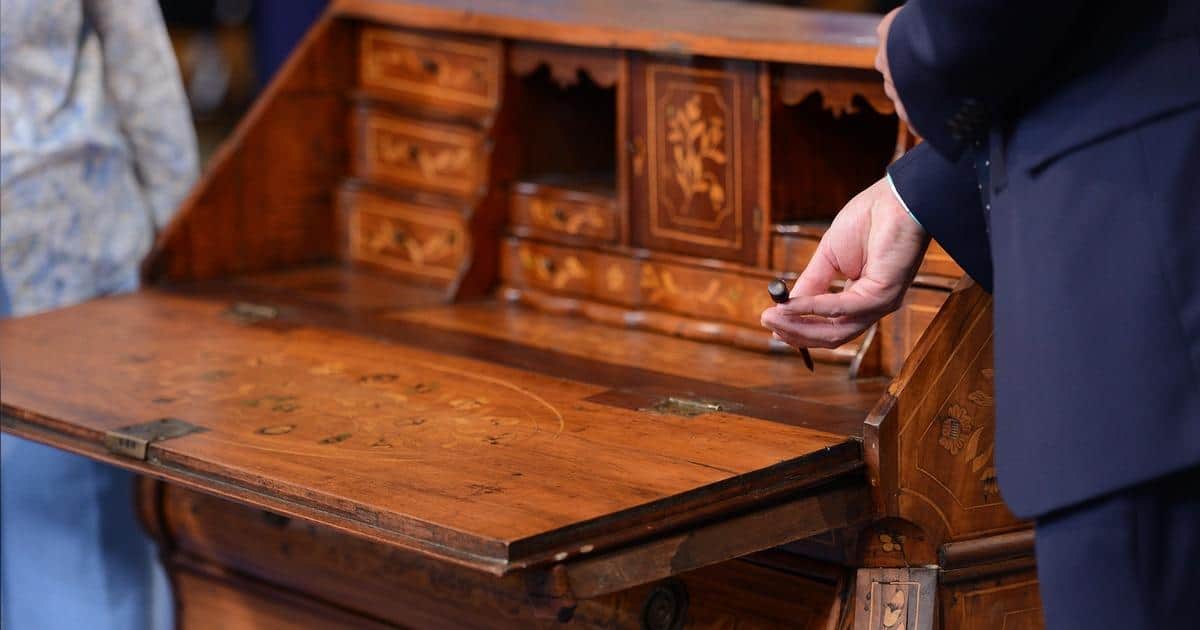
Whether you bring down that soon-to-be-discovered unique piece of dust-covered furniture from the attic, source from auctions, attend local estate sales, or peruse online marketplaces, the most critical step is to identify the piece of furniture.
This initial step may require patience as extensive furniture research is usually needed to find out the provenance of the antique. First, you’ll want to look for any identifying labels, markings, or historical documents that shed light on the period, maker, and significance of the antique.
Click HERE for more tips on how to identify your piece of antique furniture.
Step 2: Snap Pics of Your Antique Furniture
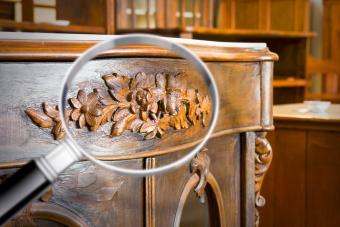
After you have worked diligently at identifying your antique, it would be helpful to photograph the unique piece from various angles for valuation purposes – and ultimately to attract prospective buyers.
Though you do not necessarily need the latest and greatest camera, you will benefit from being somewhat camera literate – that is, knowing how to capture the essence of your vintage item through a lens.
If you want to save some money by not hiring a professional photographer, here are some helpful photo-snapping techniques you can use:
- Stage your antique piece of furniture in a place exposed to plenty of natural light.
- Prepare a simple backdrop and remove any distracting items from the camera’s field of view.
- Utilize a tripod to eliminate shaky hands and ensure you capture a still photo.
- Snap pictures from various angles to showcase all the piece’s essential features.
- Zoom in and take close-ups of specialty marks, labels, patterns, and other distinguishable features.
- If there is damage, take clear pictures of it as well.
- Review your images to ensure color match and overall photo clarity.
- Label each image with clear descriptions of the antique.
- Save all photos of a particular piece of furniture to its unique file folder.
- Keep your file folders organized for easy access and the ability to upload to various appraisal sites.
Step 3: Collect Information on Your Antique Piece

Now that you have identified your piece of furniture as best you can and have taken some great photos to go along with you to the appraiser; you may also come across some reasonably unique documentation that could boost its value.
In addition to your digital file of photos, it would be helpful to have a file drawer dedicated to your antique furniture. For starters, each file may include a few printed photographs for easy identification purposes.
Next, you should consider having hard copies of any information that is especially interesting or pertinent to you as an antique dealer or collector.
Some examples of what you may choose to include in this folder are:
- Identification notes from your initial research.
- Any documents related to the piece’s maker, manufacturer, and history.
- A summary of how you discovered the antique item.
- Similar listings and selling prices for valuation purposes.
- Receipts from any repairs done.
- Official appraisal reports.
Step 4: Value Your Antique Furniture Piece
Whether you have a few pieces of furniture to sell or intend to become a local antique dealer, you have to perform a cost-benefit analysis to determine the value of an antique.
As you gain experience with unique items and various types of antiques, you can decide whether it is worth employing the services of an appraiser, which will ultimately help you determine an asking price that will adequately cover any specific listing fees you have invested.
You’ll need to consider the relative value of the piece of furniture you are listing, which includes time investment, original purchase price, and sentimental value, for example. That said, it may not be worth the time and money to seek a licensed antique appraiser if you are trying to sell a mass-produced couch that has been sitting on your mother’s front porch for the past thirty years.
However, if you have specialty items, vintage items, or antiques that seem particularly unique, it would behoove you to seek a reputable appraiser.
In the United States, you have unlimited access to objective, professional, and licensed appraisers to assist you in evaluating your antique furniture. Here are some of the best seller resources for you to use:
- Visit an antique mall, local auction houses, and antique shows and politely ask dealers for verbal appraisals.
- Seek out an experienced furniture appraiser in your zip code.
- Consult free online appraisal sites such as Christie’s, Gannon’s Antiques and Art, InstAppraisal, or WorthPoint.
- Search the International Society of Appraisers or the American Society of Appraisers website and find an expert appraiser.
Step 5: Choose Your Selling Platform
Amateur and professional shoppers visit various platforms searching for unique pieces of furniture on the market. And the truth is that rare gems can be found in garage sales, consignment shops, local newspaper ads, and online marketplaces just as much as they can be found at local antique shops and larger auction houses.
- Where To Sell Antique Furniture Locally
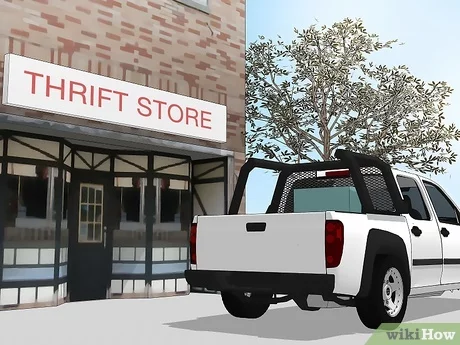
If bouncing between booths at national flea markets is your style, then chances are you have found a groove that you like – searching high and low has become more about adventure than finding a specific piece.
Thrift stores, consignment stores, antique fairs, pawn shops, local newspaper ads, and even local yard sales are all worthy sources for finding or selling your next antique piece.
These local stores experience a pretty sporadic array of visitors daily. For this reason, inventory is constantly changing, and very often, it is pure luck (plus being at the right place at the right time) that determines your fortune.
As you begin to circulate these venues more often, get to know the local antique dealers who may be willing to unfold tons of industry experience unto you. Relationships are everything, and perhaps one of your new antique buddies will help you determine the value of your particular pieces or even direct you to a reputable appraiser.
- Where You Can Sell Antique Furniture Online

It would be helpful to become somewhat internet literate if you want to save time, energy, and money (with today’s currently extra-inflated gas prices). However, with the internet constantly evolving before our very fingertips, there are so many more options than Craigslist or Facebook Marketplace.
The wide range of available listing sites is an attractive tool for potential buyers and sellers alike. However, you should have fine organizational skills to handle the various communication channels across multiple sites.
You can expect that you’ll have to answer additional questions for potential buyers, provide more pictures, and respectfully deal through negotiations (remember, it’s okay to say NO).
Here are some fantastic sites where you can find a lot of antiques, and to check out if you are going to try and sell your antique furniture pieces by yourself:
If you are looking for an online listing solution geared more towards unique designer pieces and specialty furniture, make sure to check out these additional sites:
If you plan to try and sell your antique furniture by using one of the listing sites above, be sure to read carefully through the seller’s terms and conditions so you can find out critical information, such as any selling fees involved.
For instance, eBay charges an insertion fee (upon listing) and a final value fee – a percentage based on the final cumulative sales price. Other sites such as Etsy charges a fixed listing fee and commission better suited for sellers of hand-crafted, unique, and vintage items.
Before listing your antique furniture on these great selling platforms, decide beforehand if you are comfortable having strangers see the items at home. Also, it would be helpful if you become familiar with delivery and shipping options should a potential buyer request such services.
- Social Media
With the connectivity aspect of social media, it would not hurt you to consider listing your antique furniture on Facebook, Instagram, and Twitter. These platforms use unlimited algorithms to seek out and suggest individuals, groups, and shops that share similar interests with you.
Social media can be advantageous primarily because it connects you with like-minded individuals worldwide. In fact, a simple search for antique furniture yields tons of accounts that you can peruse for tips, inspiration, information, and more.
Step 6: Keep Your Antiques Clean and Safe
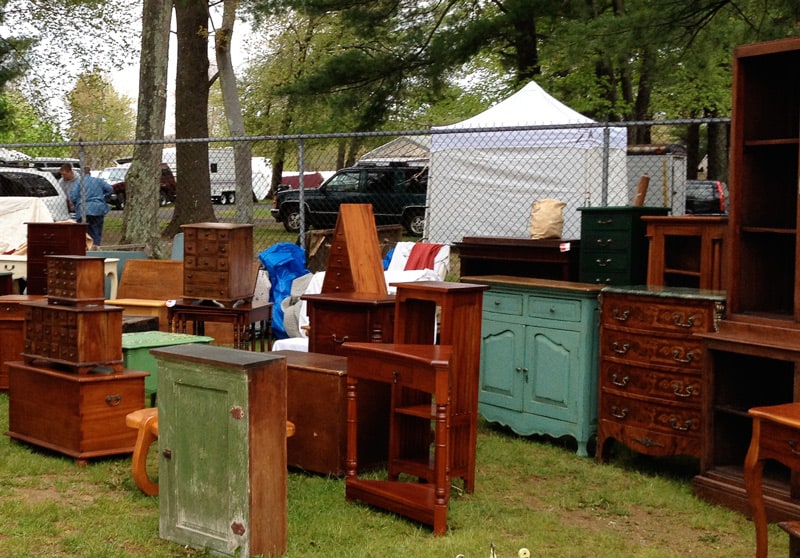
Although your item may sell very quickly, you may have to store your antique furniture for some time while waiting to find the right buyer. For this reason, keeping your antique furniture in a safe and dry place is critical to maintaining its condition and retaining its optimal selling value.
Follow these tips and guidelines for best storage practices:
- Store the antique piece of furniture in the position it typically sits (i.e., do not lay the table down with the legs up).
- Avoid stacking furniture on top of each other (ideally, one piece should not have contact with the next).
- Choose a location with ample storage space (consider the space required to access and reposition the furniture as necessary).
- Dust the furniture off carefully before storage.
- Protect the antique pieces with a plastic cover, sheets, or blankets.
- Choose a climate-controlled space for ultimate storage conditions (stay away from attics and basements.
Step 7: Set Selling Limits on Your Antique
The world of buying and selling antiques is a particular niche market, with most of its sales occurring behind the scenes. That said, if you have a genuinely remarkable antique, it may be worthwhile holding on to it – you may find yourself featured in the next 5 Most Expensive Antique Furniture Ever Sold article.
But sometimes, it may be in your better interest to just cut your losses – that is, you’ll have to calculate that relative value we spoke about and decide if holding on to a specific piece of antique furniture outweighs the other costs involved.
To help you determine the relative value of your piece of furniture, please consider the following:
- Time investment: research, photographing, listing, etc
- Repair and Maintenance costs
- Appraisal costs
- Storage costs
Step 8: Buy, Sell, Repeat
Repetition gives birth to experience, and you will build confidence along the way. As you begin to pocket the proceeds from several antique sales, you will find what works best for your antique business.
Along the way, you will find a rhythm to finding, valuing, and selling unique pieces. Do not become complacent because you’ll want to maintain an edge above the rest; however, if you do this for a living, buy, sell, & repeat!
Conclusion
Whether you are trying to clear out your family’s attic or aspire to become a professional antique dealer, your journey begins by trying to figure out what you have and what it’s worth.
Invest in your preliminary research, so you understand if a particular piece of furniture is worth additional time and attention. If it is, make sure that you take quality pictures – that is what will initially attract prospective buyers.
Once you have collected plenty of research on your unique piece, confer with multiple antique dealers and hire a reputable appraiser to help you set its value. Then it’s on to explore the various brick-and-mortar and online selling venues.
While you’re waiting for the right buyer, remember the importance of keeping your antiques clean and well-maintained, and don’t waste time and money on something that will not give you a return.
May the antique furniture gods be with you on your journey to find the crown jewel of all antiques.
